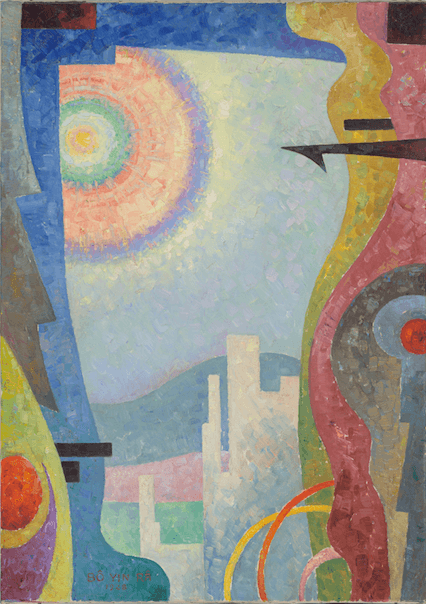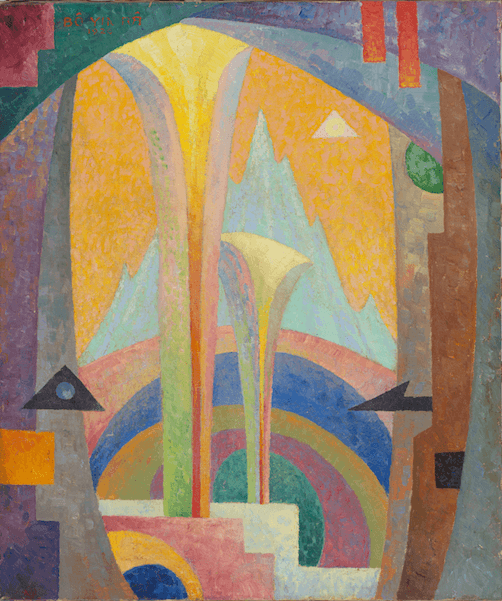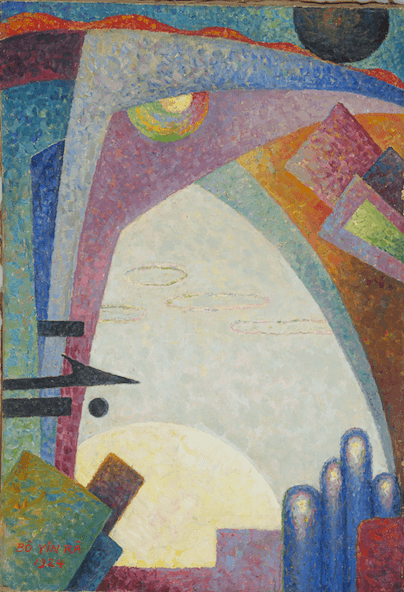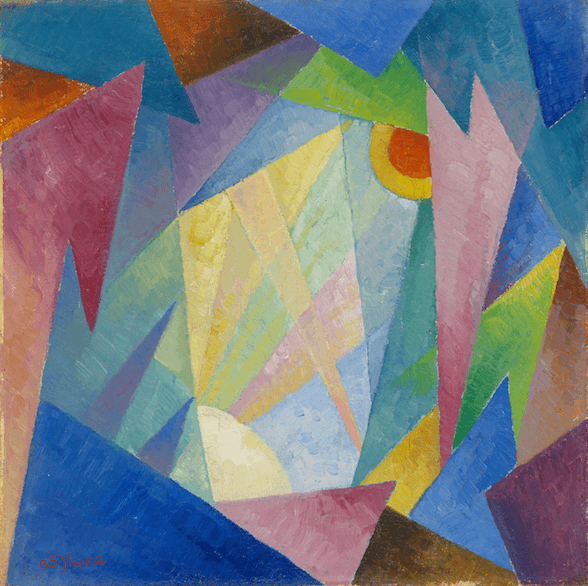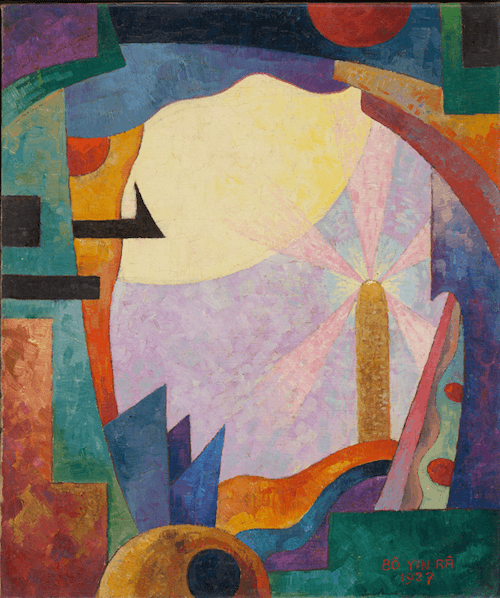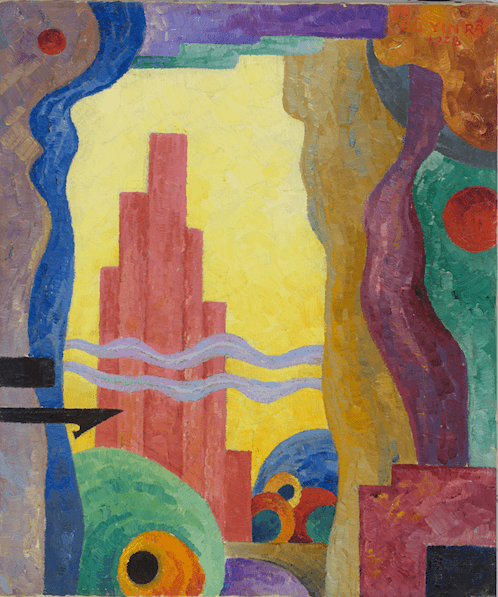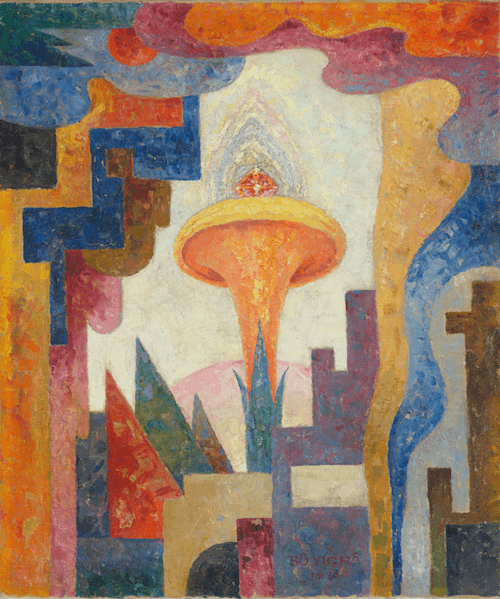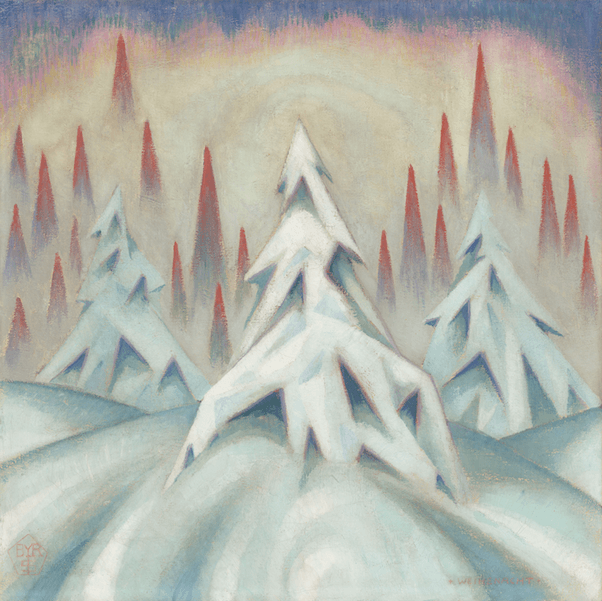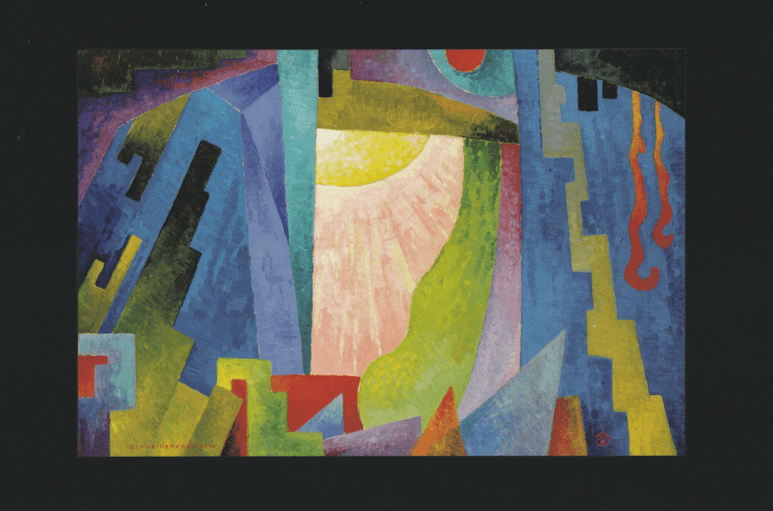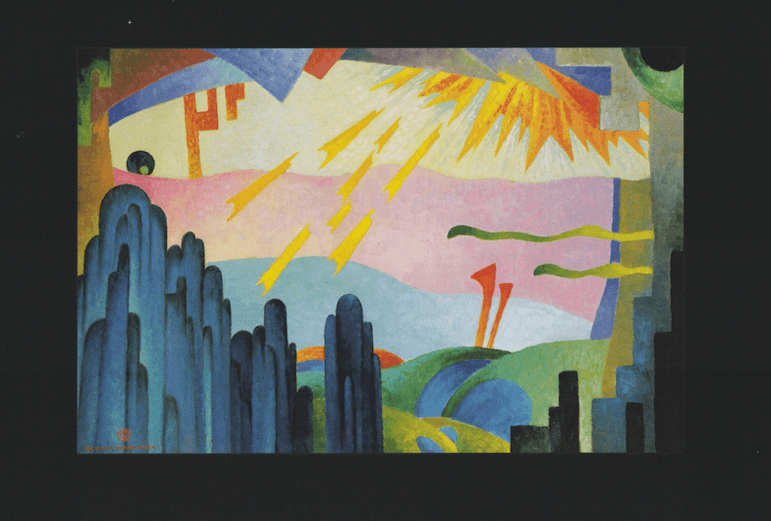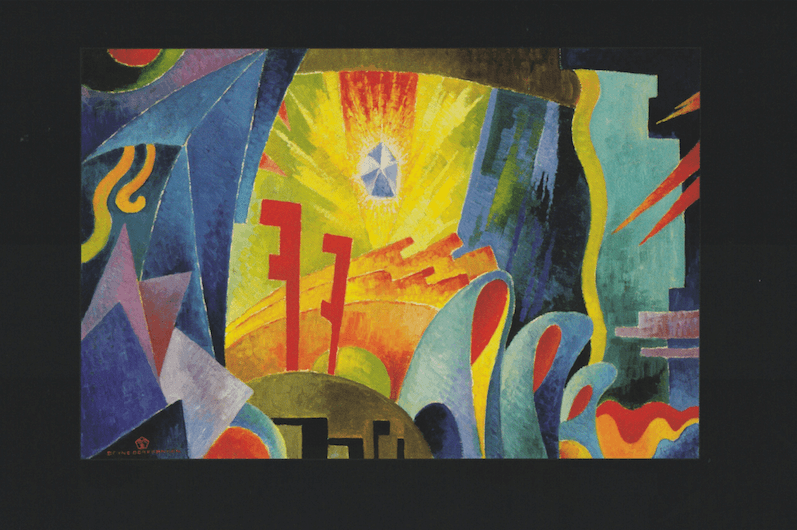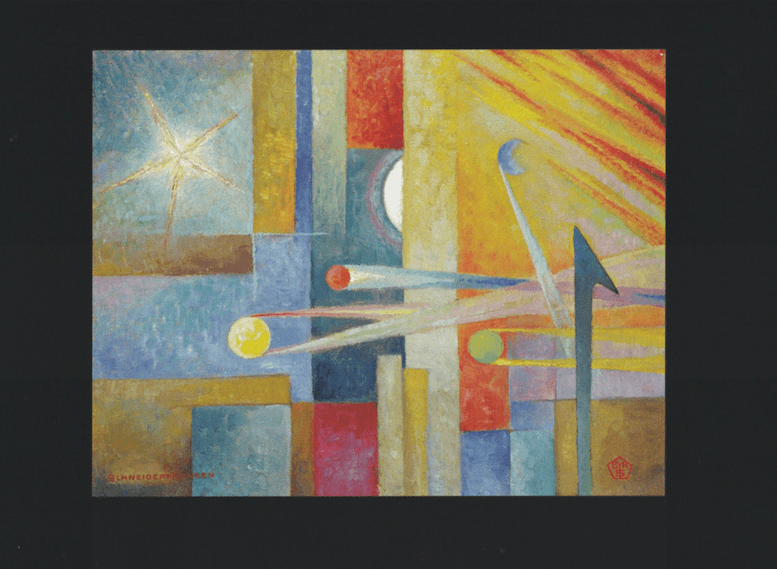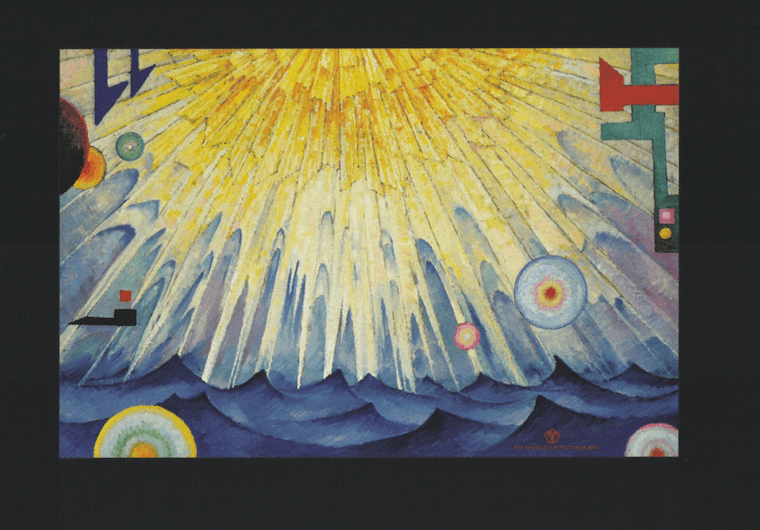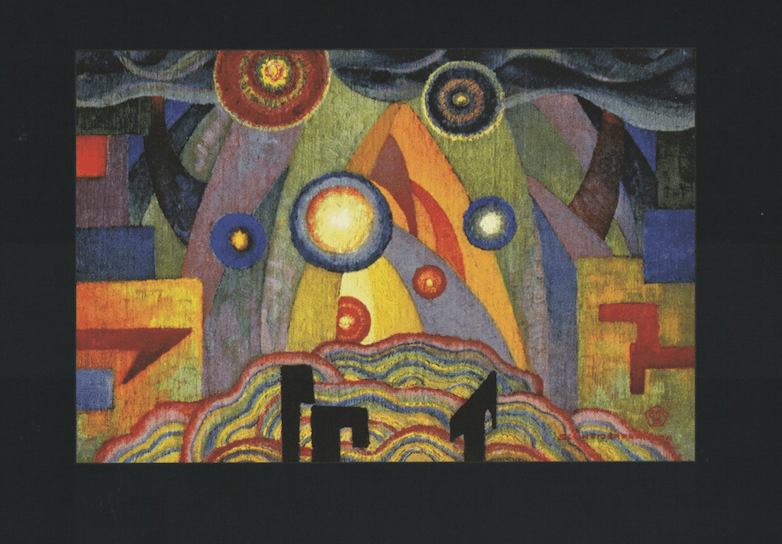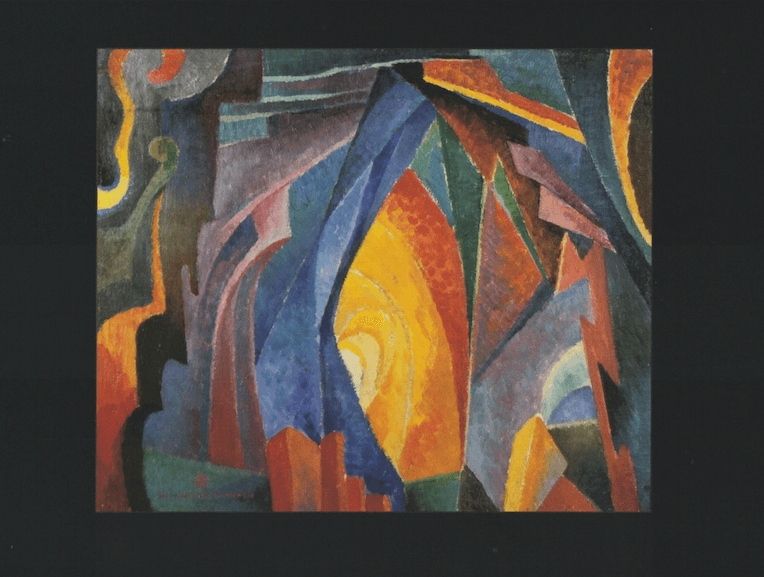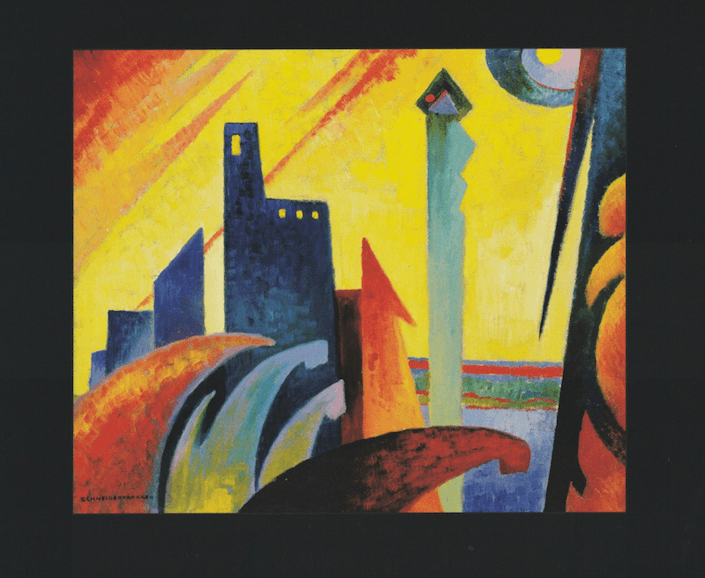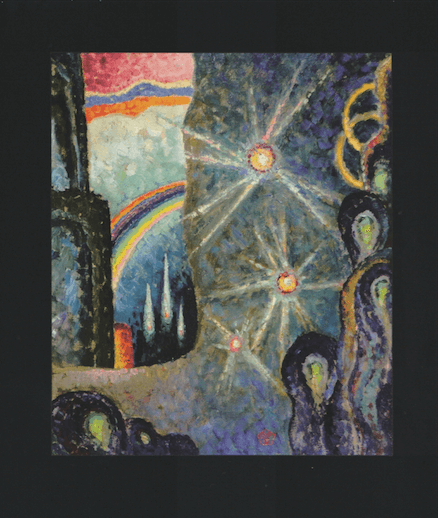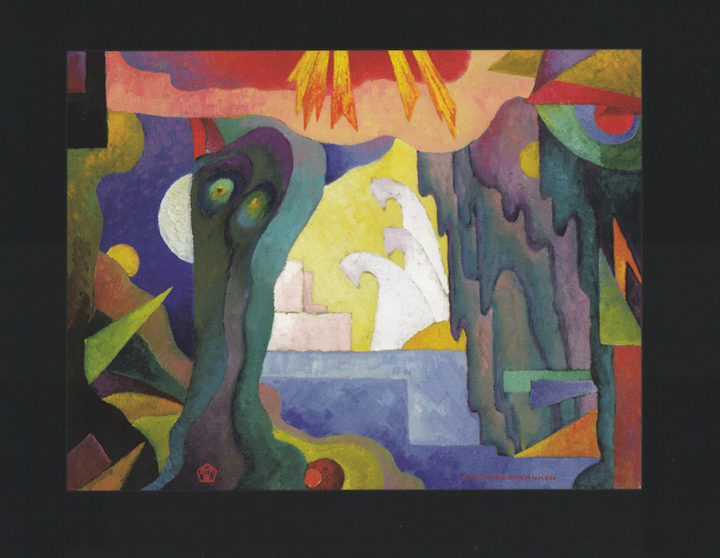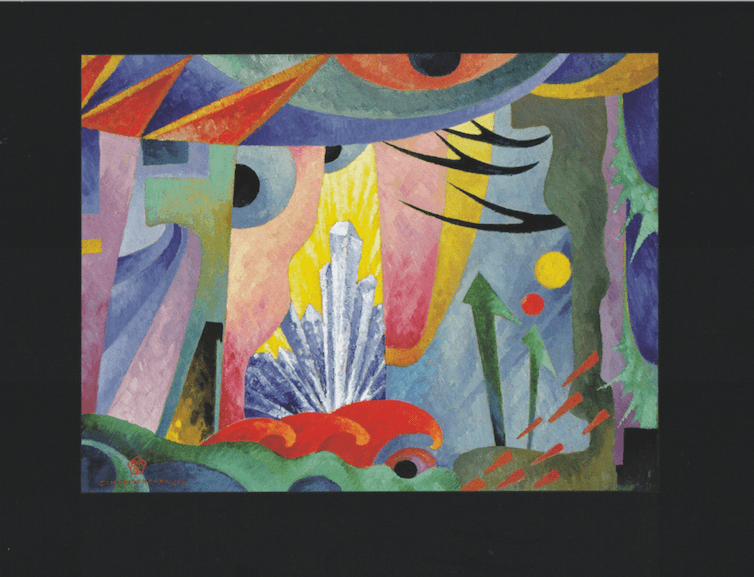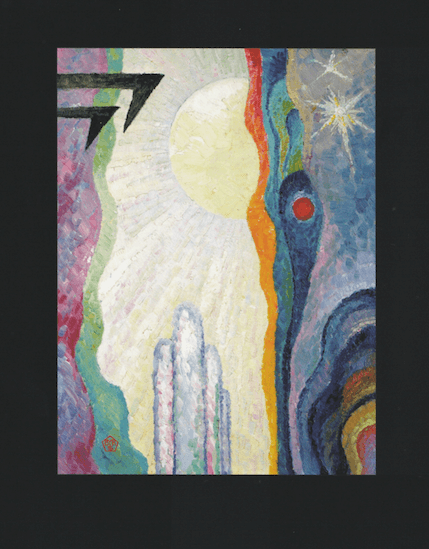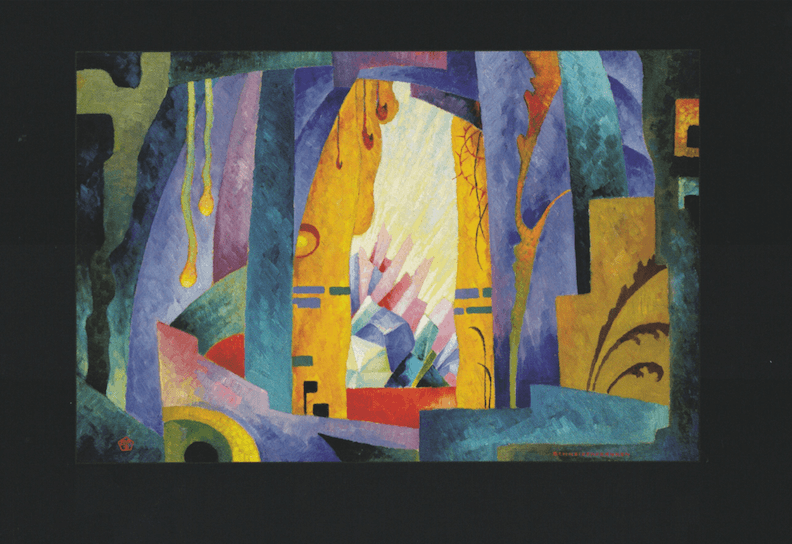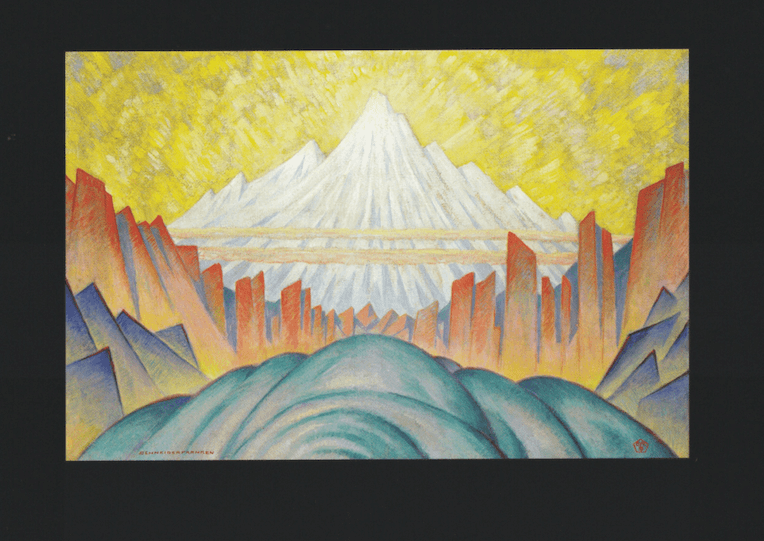THE WORK
My books, wherever they reach,
turn resigned, tormented souls into happy people.
– ON MY BEHALF
Under the name Hortus conclusus (Enclosed Garden), Bô Yin Râ symbolically compiles his spiritual teaching work. He explains its meaning in the opening chapter of the final volume of this opus, which also bears the title Hortus conclusus.
The series comprises 32 books and spiritual paintings. Additionally, Bô Yin Râ authored writings that complement the main work and left behind secular artworks, primarily landscapes.
Since 1927, all writings have been published by Kober Verlag AG in Bern, Switzerland. Some art prints of his paintings are also available there; additional fine art prints can be found here.
The Hortus conclusus series has been translated into Bulgarian, Croatian, Czech, Dutch, English, Esperanto, Estonian, French, Greek, Hungarian, Portuguese, Spanish and Swedish, with publications in the respective countries.
Although Bô Yin Râ encourages reading his works in German, as noted in the book
Codicil to the Hortus conclusus
(page 10), this website provides only a summary of their meaning in English.
THE WRITINGS
Anyone who has once immersed themselves in my manner of depiction
and then allows words and syllables to penetrate their inner self
will receive from their own innermost depths what they need.
– ABOUT MY WRITINGS
For an initial overview, all listed writings can be downloaded in German as PDFs or read directly on the screen. The table of contents is provided at the beginning of each book.
If these works become cherished companions for repeated reading, we recommend the printed publisher's edition as the ideal format for a calm and contemplative engagement with the content.
The Hortus conclusus series includes the following 32 books:
The Book On The Royal Art (1913/1932)
>
The Book On The Living God (1919/1927)
The Book On The Life Beyond (1920/1929)
The Book On The Human Nature (1920/1928)
The Book On Happiness (1920)
The Path To God (1924)
The Book On Love (1922/1931)
The Book On Solace (1924)
The Book Of Dialogues (1920)
The Secret (1923)
The Wisdom Of St. John (1924)
Signposts Along The Way (1928)
The Mirage Of True Freedom (1930)
The Path Of My Pupils (1932)
The Mystery Of Golgatha (1922/1930)
Ceremonial Magic And Myth ( 1924)
The Meaning Of This Life (1927)
More Light
(1921/1936)
Life's Highest Goal (1925)
Resurrection (1926)
Worlds Of Spirit (1922) –> View the painting cycle Worlds
Psalms (1924)
On Marriage (1925)
On Prayer (1926)
Spirit And Form
(1924)
22 German Mantras–The Use Of Mantras (1922)
Worlds Of Life (1923)
Above The Everyday ( 1934)
Reality Eternal (1934)
Living In The Eternal Light (1934)
Letters To One And To Many (1935)
Gated Garden–Hortus Conclusus (1936)
The following works were published as extensions of the core teachings of the Hortus conclusus:
The Realm of Art (1921/1933)
Enigmas Of The Nature's Invisible Realm (1923)
About My Books (1929) –> Excerpt
My Work As A Painter (1932)
Concerning My Name (1927)
About My Books (1929)
Codicil To The Hortus Conclusus (1937)
Miscellanea (1938)
On Godlessness (1939)
Spiritual Relationships (1939)
Gleanings I And II
SPIRITUAL PAINTINGS
Bô Yin Râ created spiritual paintings for meditation in inner calm and seclusion. These images speak for themselves, allowing the artist’s voice to be heard.
Further background information on the paintings, images documentations, and downloadable files can be found in the Catalogue Raisonée.
Click on the thumbnails to view higher-resolution images. On most systems, you can switch to full-screen mode (and back) using the F11 key on a PC or Ctrl-Cmd-F on a Mac.
UNIO MYSTICA
LOGOS
The following are words from Bô Yin Râ himself:
... shall the contemplation awaken s o u n d and r h y t h m in the soul.
–WORLDS OF SPIRIT
SPIRITUAL PAINTINGS
SOUNDS OF CREATION
DAWN OF THE WORLDS
THE AWAKENING OF THE SOUL
COSMIC AWARENESS
MAGICAL POWERS
MARRIAGE
WEIHENACHT (*referring to Christmas)
All of these paintings are available as
fine art print.
THE PAINTING CYCLE WORLDS
I wouldn’t know how to convey the essence of these paintings to viewers through 'explanations,'
because if what is depicted here could be captured in words,
then I wouldn’t have expressed it in form and color.
I can only say that everything I reveal in these images
is as real and self-evident to my inner vision
as any object in the external world is to my outer sight.
I have met people who see the same with their inner eye
and were delighted to recognize an artistic representation of it here.
– WORLDS OF SPIRIT
The Worlds painting cycle consists of 20 works and is part of the book Worlds of Spirit (Welten).
Further information can be found in the
Catalogue Raisonné.
Most images are in landscape format, with some in portrait format.
> Click on the image to view each one in full size.
The images shown here are from the 4th edition of the book
Worlds of Spirit, published by Kober Verlag. Most of the
Worlds
paintings
are available from
Kober Verlag
as high-quality art prints or even replicas.
SECULAR PAINTINGS
The drawings and secular paintings digitized by the Deutsche Bô Yin Râ-Stiftung are presented, along with background information, in the
Catalogue Raisonné.




